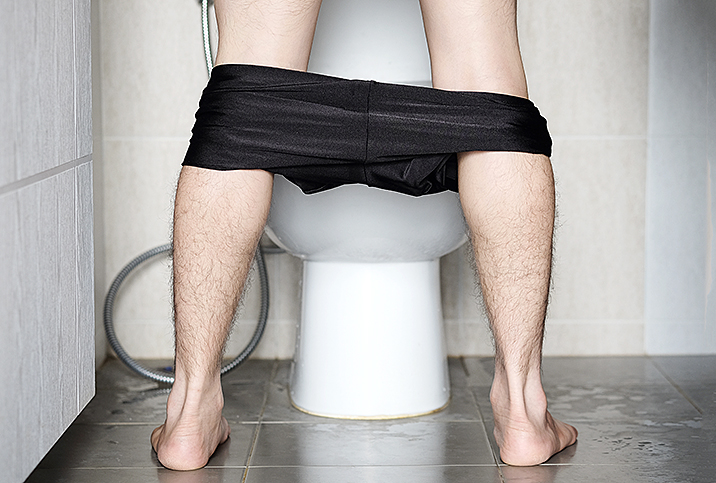Recognizing Recurrent Urinary Tract Infections (rUTIs)

A urinary tract infection (UTI) is an uncomfortable condition characterized by a persistent urge to urinate, a burning sensation while urinating and passing only small amounts of urine that may be cloudy or bloody at frequent intervals. These infections can be accompanied by back pain, nausea, vomiting and fatigue, and if not treated, they can move from the bladder to affect other parts of the genitourinary system, including the ureters and bladder.
Although UTIs can occur in both men and women, given the anatomical differences of a shorter urethra and its location closer to the anus, bacterial contamination and migration is easier, and likely why it is more common, in females. In fact, roughly 40 percent of women will experience a UTI at some point.
What are recurrent UTIs?
A recurrent UTI, or rUTI, is diagnosed when a person experiences two infections in a six-month period or three in a year, and usually occurs in one of two situations:
Relapses: A patient who has recently received adequate treatment and seems to have recovered from a UTI starts experiencing symptoms again. This infection is caused by the same bacteria as the previous infection, and there has not been a negative urine culture in the time between infections.
Reinfections: The patient has had a negative urine culture since their last UTI, but experiences another infection with the same bacteria or a second infection occurs and is linked to a different bacteria from the initial infection, with or without an intervening negative urine culture.
Prevention
In general, you can reduce your risk of UTIs and rUTIs through a few tried-and-true methods:
- Wiping from front to back when you use the restroom.
- Urinating shortly after sexual intercourse.
- Wearing loose-fitting cotton underwear.
- Avoiding feminine products that may irritate the urethra, such as scented panty liners.
- Drinking plenty of fluids.
- Drinking unsweetened cranberry juice or taking cranberry supplements—though this is still largely unproven, if there's no allergy or aversion to the fruit, give it a try.
For some women, these preventive measures can ward off UTIs, but others will experience persistent rUTIs despite maintaining excellent hygiene and closely following the guidelines.
In these cases, there are some other factors that could be to blame:
- A genetic predisposition for rUTIs
- Abnormal shape or function of the urinary tract
- Decreased estrogen levels (often due to menopause)
- Kidney or bladder stones
Treatment for rUTIs
If you're diagnosed with rUTIs, you'll likely be referred to a urologist for more specialized treatment. While a one-time or occasional UTI can usually be knocked out by completing a course of antibiotics if you seek treatment right away, treatment for rUTIs can be a little more involved.
Your urologist will likely seek to determine the underlying cause for your rUTIs, which might involve a cystoscopy (endoscopy of the bladder and urethra) or a CT scan of the urinary tract. Depending on the findings, the doctor will generally recommend one of the following courses of action:
- Vaginal estrogen therapy: Usually a cream for topical application, commonly recommended if your rUTIs are caused by decreased estrogen due to menopause.
- Ongoing antibiotics: Typically a low dose of daily antibiotics for anywhere from six months to two years.
- Self-directed antibiotics: An antibiotic you'll take periodically at your own discretion, such as after sexual intercourse or when you notice UTI symptoms.
If you're prescribed antibiotics, it's important to be aware that some bacteria can become resistant to them over time. Your doctor can help you figure out the best path forward if they become ineffective.
Managing rUTIs can be painful and also stressful—especially if you're following all the advice. You might want to take notes and document your recurrences and treatments, as well as your preventive measures, to inform your doctor and be as well-equipped as possible to efficiently fight the infections.


















